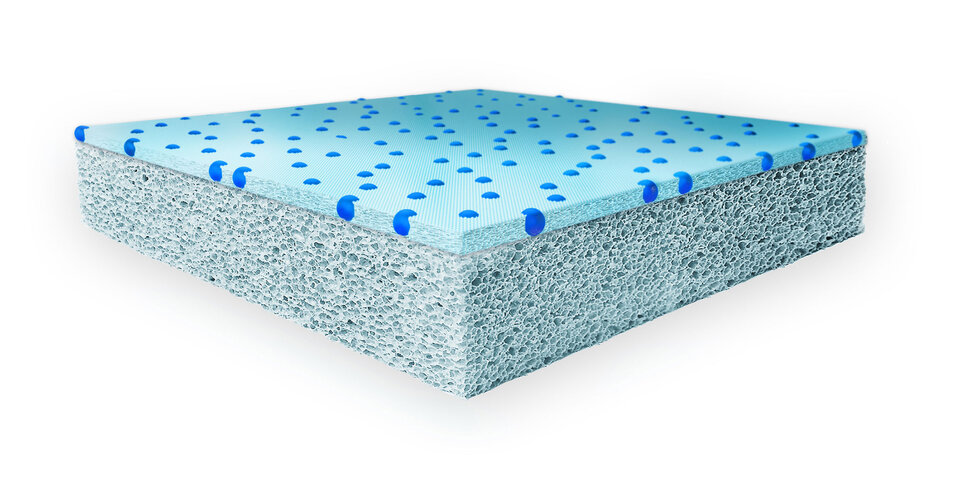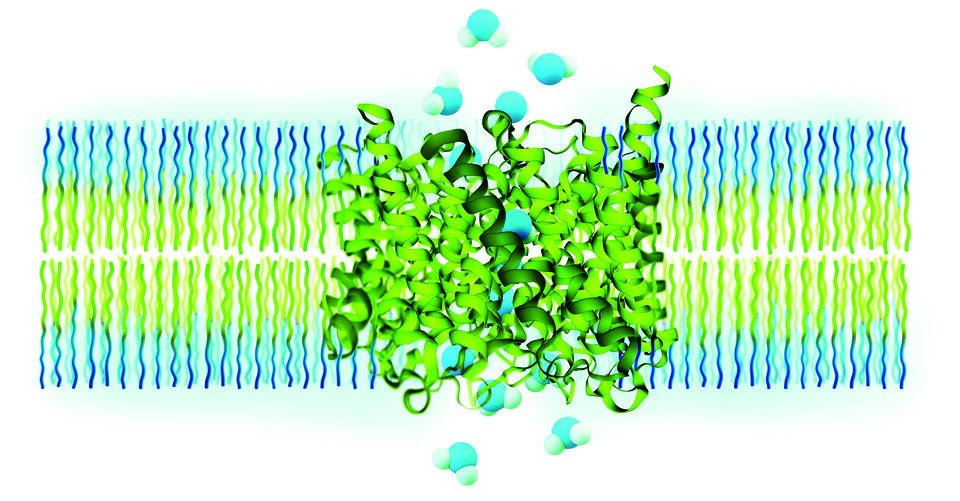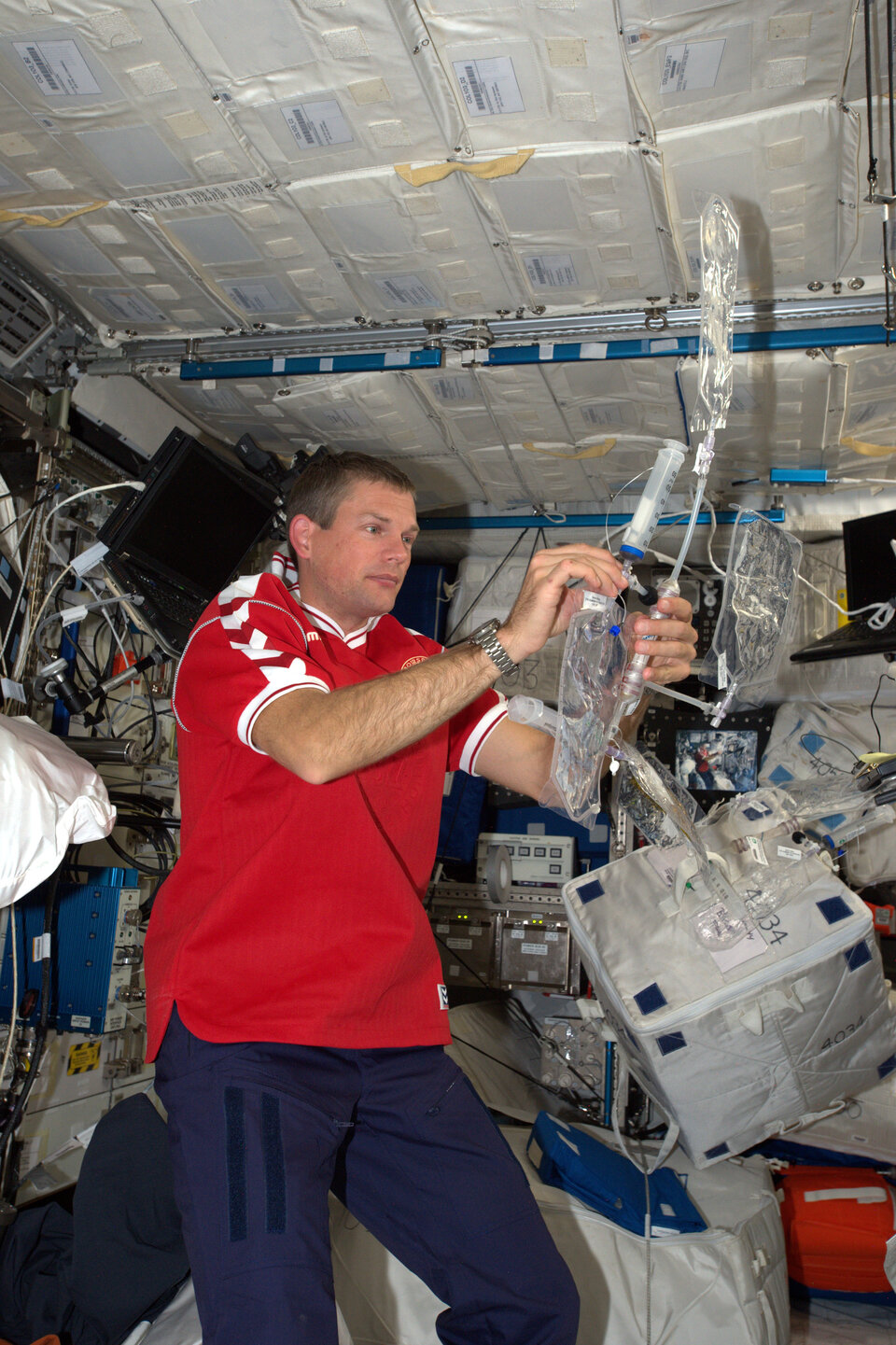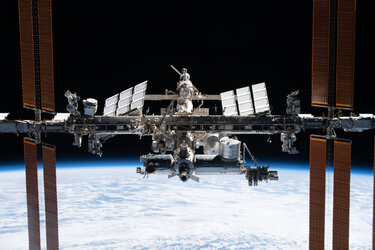Clean water for space and Earth
Access to clean water is essential for humans. ESA astronaut Andreas Mogensen is helping to understand how to do it efficiently and at larger scales by testing water filtration membranes on the International Space Station as part of his Huginn mission.
Mimicking nature’s work

Built into a suitcase-sized container, the Aquamembrane experiment consists of several pumps that draw out water from three wastewater bags on the Space Station through a membrane. The membrane will filter out contaminants and leave behind the clean water. Pumps then transport the clean water from the membrane to three water bags, that will be sent down to Earth to test the purity of the water.
The membrane, called Aquaporin Hollow Fiber Forward Osmosis or HFFO in short, is made by small proteins, called aquaporins, that exist in nature, for example in plants and in kidneys. The proteins allow only water to pass through the membrane, while keeping ions and salts out, mimicking the natural way of filtering water in the human body
The membrane excels on energy efficiency using only half a dozen 9V batteries, like the ones in fire alarms, to drive the water past the membrane, which makes it ideal for both space, especially future missions to the Moon and beyond, and other areas where clean water and energy is not available.

Water blast from the past

An earlier version of Aquamembrane was also tested by Andreas during his iriss mission in 2015. Back then, instead of active pumps driving the unclean water past the membrane, Andreas used syringes. While the old version showed that the membrane did function in microgravity, this new version will try to quantify the efficiency of the membrane microgravity. It is also simpler to run with only a power connector and an on/off switch to turn on the pumps.
“This new experiment during Andreas’s Huginn mission allows us to get real data on efficiency of the membrane and water quality, which is essential for our work on a full prototype. Results will allow us to identify the right size for the membranes, flow speed and many other parameters required for a fully operational prototype. We are very much looking forward to these data,” says Thomas A. E. Andersen, CEO of Danish Aerospace Company.
Besides testing the Aquamembrane for space exploration, Aquaporin also works on projects for using the membranes on Earth, providing clean drinking water in the EU project REWAISE together with Spanish company Aqualia.















 Germany
Germany
 Austria
Austria
 Belgium
Belgium
 Denmark
Denmark
 Spain
Spain
 Estonia
Estonia
 Finland
Finland
 France
France
 Greece
Greece
 Hungary
Hungary
 Ireland
Ireland
 Italy
Italy
 Luxembourg
Luxembourg
 Norway
Norway
 The Netherlands
The Netherlands
 Poland
Poland
 Portugal
Portugal
 Czechia
Czechia
 Romania
Romania
 United Kingdom
United Kingdom
 Slovenia
Slovenia
 Sweden
Sweden
 Switzerland
Switzerland



























